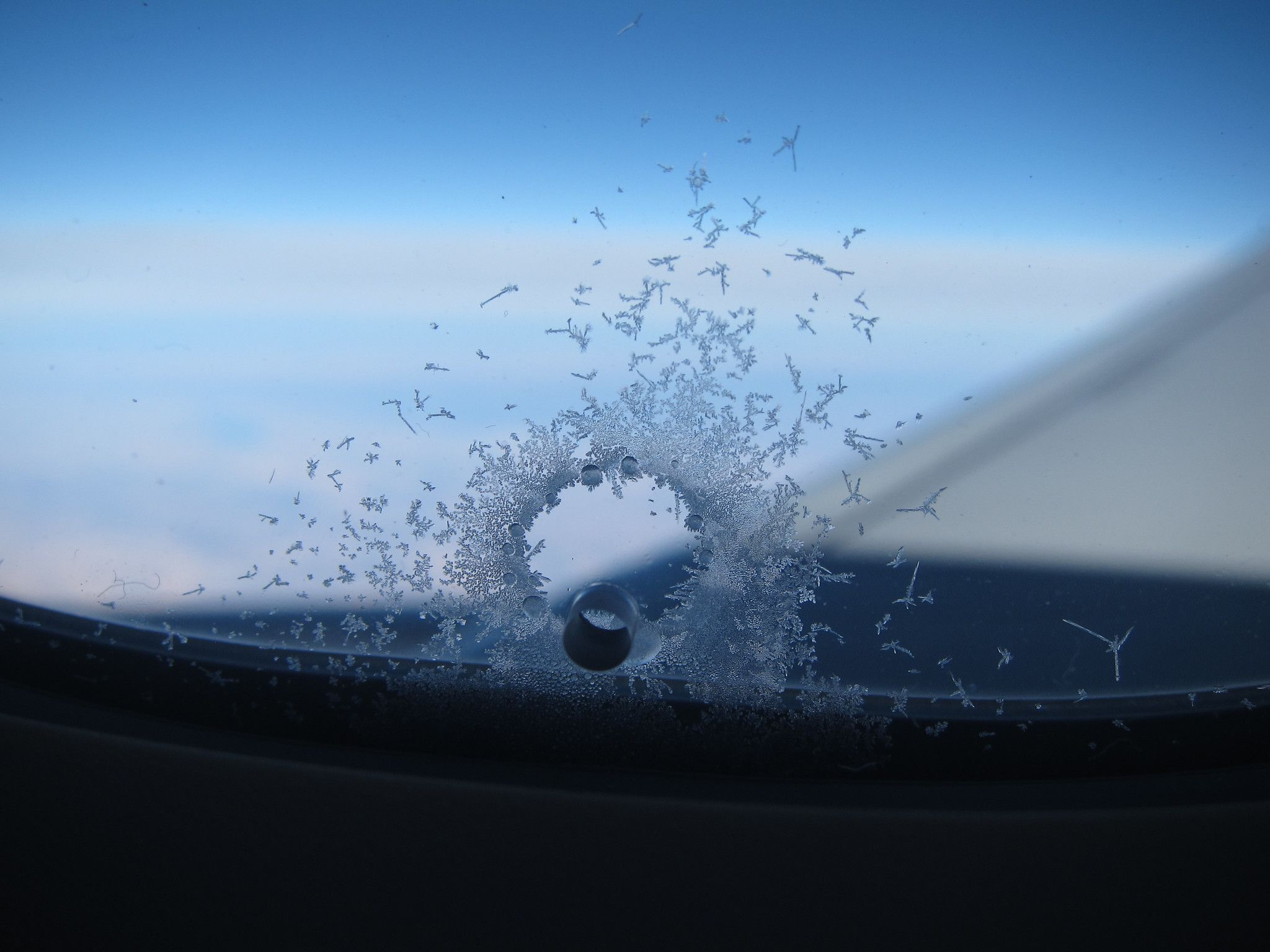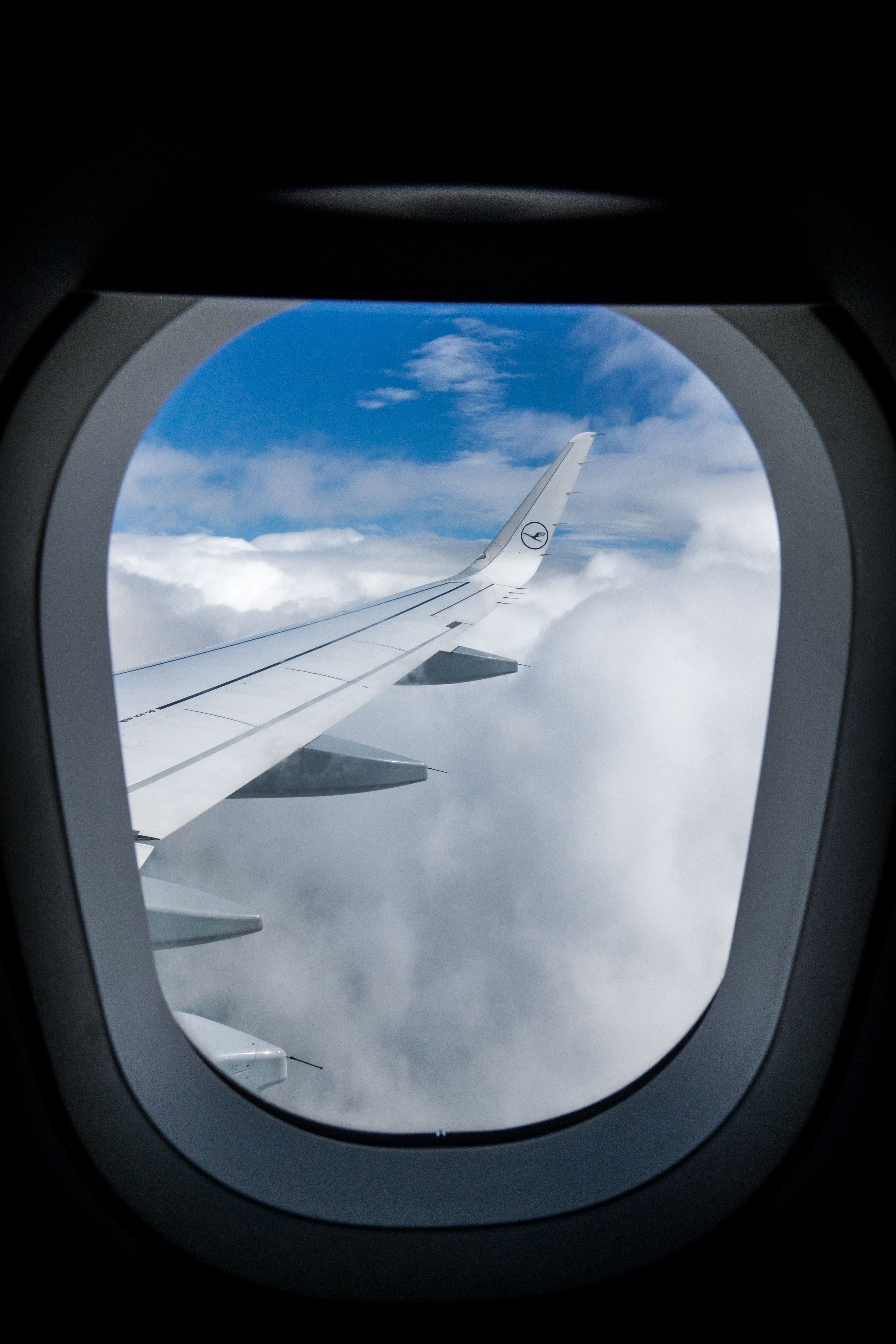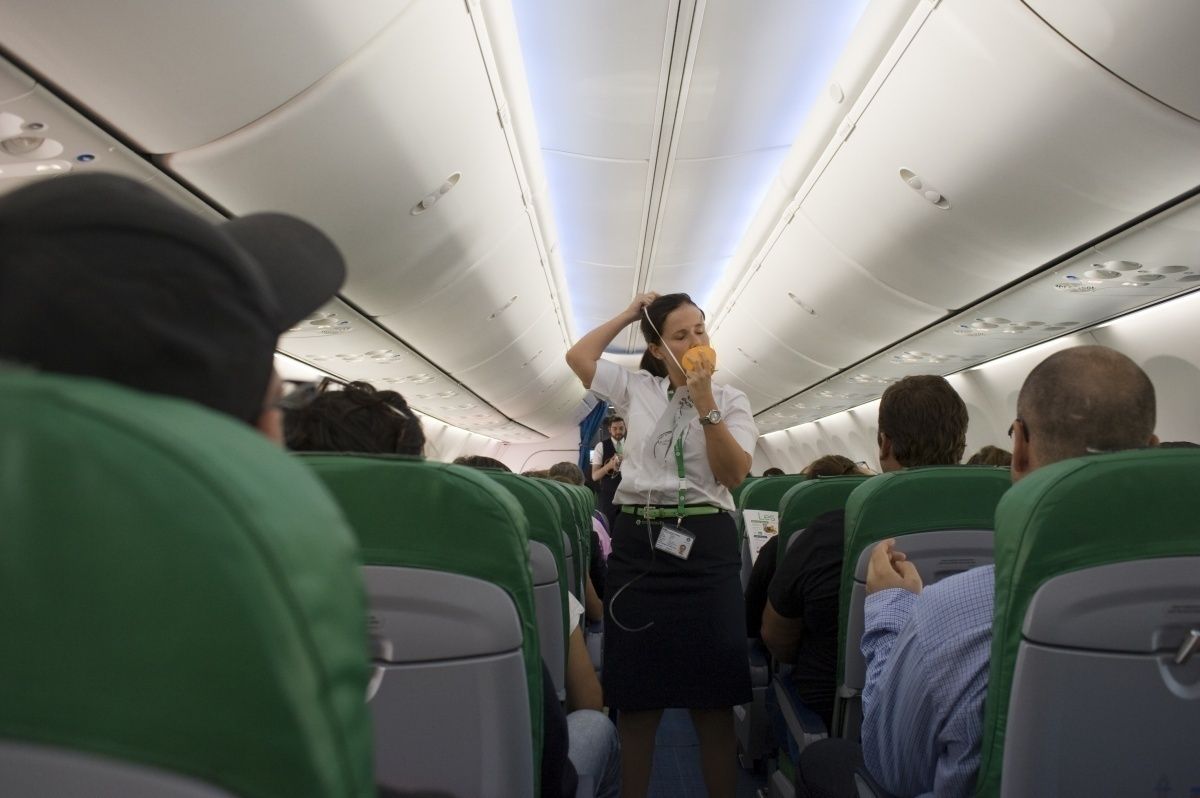While most people like to have a window seat on a plane to enjoy the view, did you ever notice that there is a tiny hole at the bottom of the window? The hole is not there for its aesthetic appeal but to help you keep safe.
The higher the altitude you are, the less oxygen there is available to breathe, and without oxygen, you would become ill and eventually pass out and die. This will be apparent to people who have trekked the Inca Trail to Machu Picchu in Peru. At sea level in Lima, oxygen saturation in the air is around 21%, with a barometric pressure of 760mmHg.
The higher you go, the lower the air density
The oxygen saturation stays relatively proportionate as one ascends, but the air density drops, which means the percentage of oxygen per breath is reduced. The higher the altitude, the less close together are the molecules of oxygen. For example, while hiking the trail, you are at 13,828 feet above sea level when you traverse Dead Woman's Pass. At just over 11,000 feet, the oxygen saturation level is 40% less than at sea level and the barometric pressure is around 480mmHg.
Planes flying above 10,000 feet need to be pressurized
Can you now imagine trying to breathe at the altitude aircraft cruise at? It would be impossible without an oxygen mask which is why aircraft cabins are pressurized. Passenger aircraft flying above 10,000 feet need to be pressurized so that passengers and crew can breathe normally. They can do this by pumping air into the cabin from the jet engines. Once the cabin attains the ideal pressure, it is then maintained via an outflow valve. If the plane's cabin exceeds the air pressure for which it is designed, the outflow valve will open and bleed air out. Once the correct pressure is achieved, the outflow valve will switch off.
While having an aircraft cabin pressurized to keep humans happy, it is not so good for the plane as it needs to have a way to release the pressure. This is where the tiny holes or what they call "bleed holes" in windows come in. If you take a close look at the window, you will see that it is not just one pane but three pieces of plexiglass. The innermost pane that you can touch is there to protect the middle and outer panes, which are specially designed to contain the difference in air pressure between the cabin and the outside air. The tiny bleed hole in the window helps to balance the pressure difference between the cabin and the outside air.
The tiny window hole also has another purpose which is to release moisture and stop frost or condensation from blocking your view.
What happens if a plane suddenly loses pressurization?
Should the cabin suddenly, for some reason, lose pressurization, an oxygen mask will deploy from a compartment above your head.
If the masks are deployed, you have around 20 seconds of practical consciousness without oxygen.
Many people assume that the oxygen you then breathe comes from a tank or is compressed air like people use when scuba diving. Tanks or canisters containing oxygen would be too heavy and impractical, so the oxygen you breathe through the mask is created by a chemical reaction.
Sodium Chlorate, Barium Peroxide, and Potassium Perchlorate combine to create oxygen once you pull down on the mask. Once the chemical reaction starts, it cannot be stopped giving you between ten and twelve minutes of oxygen. This is more than enough time for the pilots to take the plane down to below 10,000 feet, where you can then breathe normally.
Did you know why planes have little holes in the windows?



